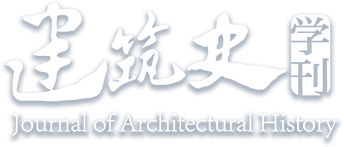Abstract:
This paper focuses on Robin Evans’s seminal image-theory approach, with a particular emphasis on his renowned essay, “Figures, Doors, and Passages”, alongside the “Diploma Unit 4”design studio he instructed at Architectural Association School in London, three years preceding the essay’s publication. By tracing the genesis of Evans’ imagery methodology within the context of design studios and examining the juxtaposition, collage, visual imagery systems, the paper elucidates the distinctiveness of this image-centric approach and acknowledges its pivotal role in both design practices and theoretical discourse. Furthermore, it offers a concise retrospective on the pertinent methodologies of several influential 20th-century art and architectural historians, culminating in a succinct commentary on Evans’ unique perspective on image theory.


 下载:
下载: